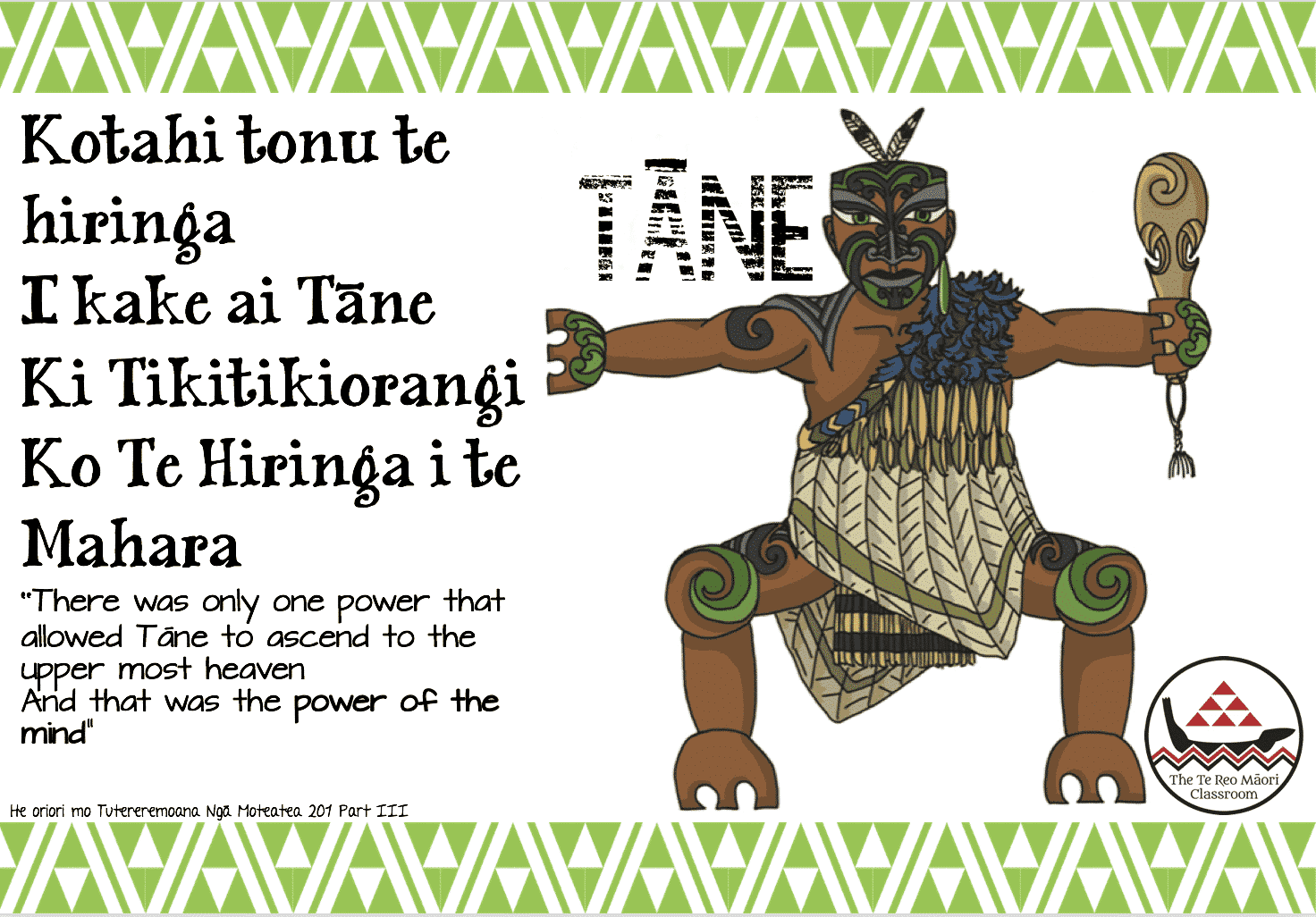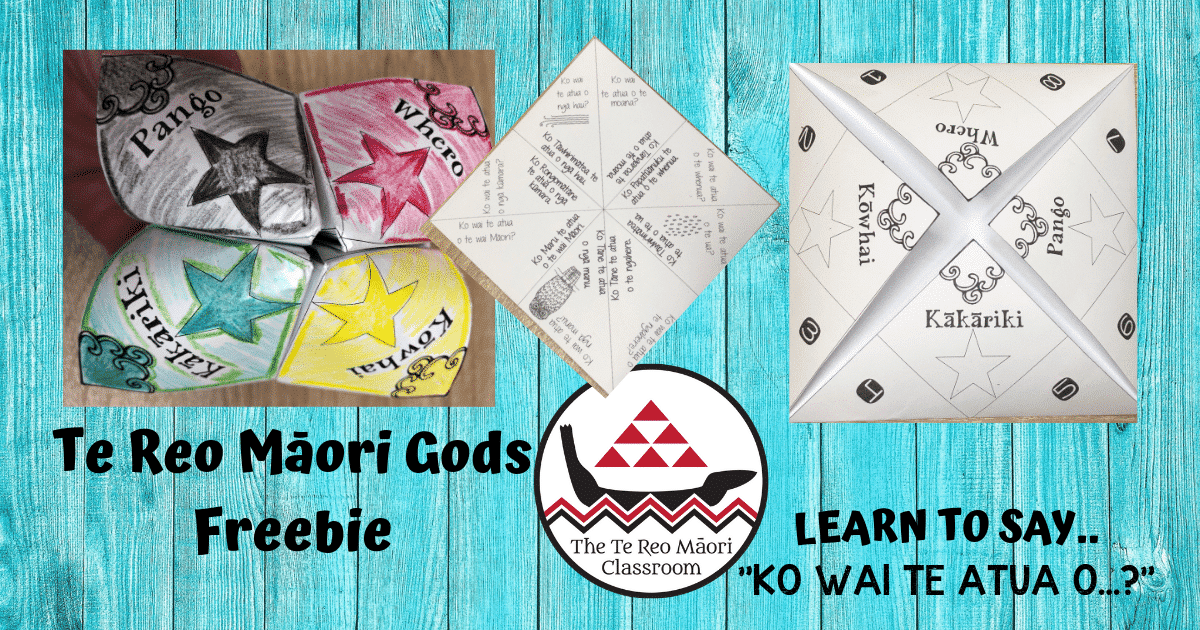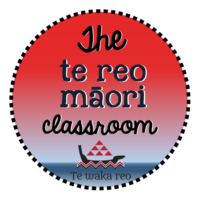 The Maori creation story has been passed on from generations to generations. Ranginui and Papatūānuku, Tāne, Tangaroa, Tāwhirimātea, Rongomātāne, Haumietiketike, Tūmatauenga and Rūaumoko are Maori Gods who are inextricably linked to te Ao Māori. They are our whakapapa, our guiding stories that form the foundation of Aotearoa.
The Maori creation story has been passed on from generations to generations. Ranginui and Papatūānuku, Tāne, Tangaroa, Tāwhirimātea, Rongomātāne, Haumietiketike, Tūmatauenga and Rūaumoko are Maori Gods who are inextricably linked to te Ao Māori. They are our whakapapa, our guiding stories that form the foundation of Aotearoa.
Every culture or civilisation has its traditions about how the world was created. Māori have many, but the foundational stories are those that tell how darkness, the long night, became light. Nothingness became something, earth and sky were separated, and nature evolved. Our ancestors passed down this kōrero to generations and we have put them into the context of the world we live in.
This is also the case with Aotearoa. There is:
- the movement from nothing (Te Kore) and then darkness (Te Pō) to something or light ( Te Ao Mārama)
- the separation of earth and sky (Te Wehenga)
- the work of the atua in making the natural world.
Apart from these shared themes, there is considerable diversity among various iwi versions of the creation story.
The Separation of Earth and Sky
Most cultures speak of an event or act that brought about the world as we know it.
The Māori creation story begins with nothingness. ( Te Kore).
It is a long dark night. (Te Pō)
From here two of our Māori gods Ranginui, the sky father, and Papatūānuku, the earth mother, emerge. Initially, earth and sky are joined together, and their children are born between them.
For a long time, the children exist in a dark cramped uncomfortable space. They talk of the “potential”, the spec of light seen beyond.
What could be beyond?
But some of the children plot to separate their parents, and this allows light to flow into the world. The separation of the parents by the children resulted in the movement from darkness to the world of light. (Te Ao- Mārama).
The Māori Gods and the Māori Creation Story
The sons held a long debate exploring how they would get out of the dark cramped space they lived in. How might they see the world beyond the confines of their parents’ embrace?
Tūmatauenga said, “Let’s kill our parents”. On the other hand, Tāwhirimātea said, “Leave them be” This would simply maintain the status quo. Then, another brother said, “Let’s separate our parents”. This was a viable option. Tāwhirimātea strongly disagreed. Rongomātane and Haumietiketike did not add anything more to the discussion. Consequently, Tāne, Tangaroa and Tūmatauenga worked things out.
The brothers made a decision and tried to separate their mātua. Finally, it was Tāne who lay on his back with his legs facing up. With total focus and strength, he pushed and pushed. Ranginui and Papatūānuku didn’t want to be separated from each other or their tamariki. In this crucial time of separation, te wehenga, the tamariki spoke with respect to their parents while helping. Rangi and Papa wept for each other rather than being angry with their tamariki.
The whakatauki “Kei te heke ngā roimata o Ranginui” (The tears of Ranginui are falling) is said when it is raining, as these are Ranginui’s tears about their separation.
In the end, the brothers became Māori Gods, guardians, or atua of particular domains.
Tāne (Māori God of Forest)
Tāne finally separated his father who rose above. His father grieved for his love Papatūānuku. In response to this, Tāne turned his mother downwards so that she would not see Ranginui’s sadness. He then clothed her in trees and plants. He clothed his father in the sweat of his brow to become the stars that adorn the sky.
Tāwhirimātea (Māori God of Weather)
Tāwhirimātea confronted his brothers. He was unhappy about the separation. After a battle broke out the brothers backed down from him. All except Tūmatauenga. Tāwhirimātea was so angry. He gouged out his eyes and threw them into the sky. These became the stars of Matariki-‘Ngā Mata o te Ariki o Tāwhirimātea” The Eyes of the God Tāwhirimātea.
He rose above to live with his father in the sky. Tāwhirimātea waged battle with his brothers from above. Because he has no sight, he feels his way around using his forces of nature.
Rongomātāne (Māori God of Peaceful Pursuits) and Haumietiketike (Wild Food and Fern Root)
The brothers suffered from the inclement elements of wind, storm, and rain. Fear took hold and Rongomātāne and Haumietiketike took refuge with Papatūānuku. The howling winds bent Tāne and his children.
Tāngaroa (Māori God of Sea, Lakes, Waterways and all Creatures Within)
The seas were shaken up and some of the children of Tangaroa were separated. Some stayed with their father in the moana and some moved to land to live in the realm of Tāne.
Rūaumoko (God of Earthquakes and Geothermal Activity)
The youngest of the siblings, Rūaumoko was still within his mother when she was separated from Rangi. His unhappiness shows itself through earthquakes and geological and geothermal activity.
Rūaumoko is also the source of the art of moko.
His name also means ‘the trembling current that scars the earth’.
Creation and the Māori World View
The Māori creation story and its tradition is so strong that it can influence all aspects of life. In this way customs, practices and institutions can become an expression of a culture’s foundation story. The essential elements of the Māori creation narrative influence many aspects of the Māori world view. These practices give us structure and support to live in a way closely aligned with our tīpuna.
The Pōwhiri
Carved Wharenui, meeting houses, are opened in dawn ceremonies because they represent the world created by the separation of Rangi and Papa. The arrival of the sun at dawn symbolises the creation of the world of light.
The pōwhiri (welcome ceremony), has its basis in Māori creation stories and traditions. The process guides participants from Pō, a state of darkness upon the marae itself ( Pōwhiri) to Ao, the state of lightness and resolution. The structure of the wharenui as an image of the world represents Te Ao Mārama, the latter state, (the world of light). The roof represents Ranginui (the sky) and the floor represents Papatūānuku (the earth). The pou (posts) of the house represent those that Tāne (Tāne-toko-rangi) used to separate earth and sky. The kōrero, Tāne whakapiripiri (Tāne who draws people together), metaphorically represents Tāne who separated the two. The carving above the doorway represents Hine, the guardian of the threshold between night and day, darkness and light. (A perfectly sound reason for not wearing your shoes inside the wharenui!)
The pōwhiri ritual is a process where, as participants, we move from one state to another, re-enacting the creation of the world.
The marae ātea, the space outside the front of the meeting house, is the domain of Tūmatauenga (or Tū), the god of war. Whaikōrero taking place on the marae ātea are allowed to be dynamic and explosive, representing the nature of Tūmatauenga.
Many consider that Rongo, the god of peaceful activities, reside in the wharenui (meeting house). Whaikōrero (speeches) that take place within the wharenui are expected to be more calm.
A Model for Behaviour
The creation pūrākau gives us a way of looking at our world. These stories tell us about individuals acting in particular ways and securing their position in the world. They stand, therefore, as a model for individual and collective behaviour and aspirations.
Tāne is the most widely known atua. He is the god of the forests. Tāne is the personification of all forms of tree and birdlife. Moreover, he is the most “dominant” feature of our environment and in which Māori have lived.
What does Tāne have to offer humankind?
- Reason and a clear head are attributes we inherit from Tāne which help us settle debates, ideally through consensus.
- Perseverance in order to accomplish a task.
- Excellence-when Tāne obtained knowledge for humankind from the heavens (it was no easy task).
- The power of the mind.
The ascent of Tāne through the 12 heavens to obtain the baskets of knowledge symbolises an individual striving toward insight and understanding. Tūmatauenga, the angry face of mankind is all of us at times. He shows us that it’s not always plain sailing and we need the ability to solve problems when they arise. Tāwhirimātea’s actions caused his brothers to respond in particular ways, either defiant or cautious. Eventually, the characteristics they bring to their activities and environments reflects these actions. Tāwhirimātea shows us about diversity. He displays diverse characteristics in taking sides with his father and being different. It promotes the confidence to pursue a different agenda and the perseverance in maintaining a specific viewpoint.

Māori creation stories are used as a form of healing, connecting Māori to their whakapapa. Consequently, Māori communities successfully use these stories as part of narrative therapy.
The tauparapara Tēnei au contains Tāne’s pursuit of the baskets of knowledge Here is the great waiata “Tēnei au” which tells of this haerenga.
Iwi Versions of the Creation Story
There are different iwi versions of this pūrākau. Sometimes it is the moon that prompts the children to separate their parents, Rangi and Papa; in other accounts, it is the sun. Also, there can be up to seventy other gods in some versions.
The Creation Story in the Classroom
One of the most common comments I hear from kaiako is “I want to make my programme, my te reo, and bi-culturalism ‘genuine’ and ‘authentic’ in my practice. I DON’T want to tick boxes and just do things for the sake of it”
Firstly, ngā mihi nunui.
The Creation story and the Māori gods and their attributes are a perfect place to start.
Examine how you approach the words “Myths” and “Legends”. If you use these words, make sure you understand what you are conveying.
Although the word myth has a dictionary meaning….”a traditional story of historical events that serves to unfold part of the world view of a people or explain a practice, belief or natural phenomenon”, it has become a word used for “unfounded or false notion”.
“Oh, that’s just a myth!”
Please examine your introduction of these whakapapa pūrākau (stories). I prefer to call them this rather than “Myths and Legends”.
Remember there may be tamariki in your class who consider these very strong whakapapa links.
As part of colonisation there has been a view that perhaps Māori pūrākau somehow have less value. ( We know better than that).
“Te Ika a Māui” being changed to “The North Island” is an example of this.
As you have read above so many of our understandings and processes come from the Māori gods creation story. If our tamariki (Māori and non-Māori) grow up not having these normalised at school, in a respectful and thorough way, they don’t have the advantage of being able to take the characteristics and attributes of these founding atua to help them with challenges and choices. Focussing on the Maori gods in conjunction with tikanga will put you and your tamariki at an advantage when visiting a marae. Your understanding of the powhiri process, the marae ātea and the wharenui will be clearer, helping you to enjoy the process.
The Māori creation story and the Māori gods are an engaging kaupapa that can be woven in throughout many topics all throughout the year.
Māori Atua and Learning Areas
Every learning area links to a particular atua for total integration (especially Secondary school).
Written language, reading and writing-The arts of whakairo and moko originate from Tangaroa and Rūaumoko. These are forms of tuhituhi, writing and communicate our knowledge to the world.
Science– systematic investigation, testing assumptions and seeking knowledge. Tane is an appropriate atua for the scientific endeavour.
More to come on this in another blog post 🙂
Below is a freebie sample from the latest The Māori Gods Resource Bundle.
Māori Gods Resource Bundle here.
Fortune tellers are a fun activity you and your learners may like. It will help you to:
- identify and use the name of four colours in te reo Māori
- say numbers 1-8 in te reo (you can write the number words underneath to help
- say the phrase “Ko wai te atua o…? Who is the god of..?
- say the appropriate gods and what their domains are.
Fill out the form below to receive the”fortune teller” and subscribe to posts. (You can unsubscribe at any time 🙂 )


